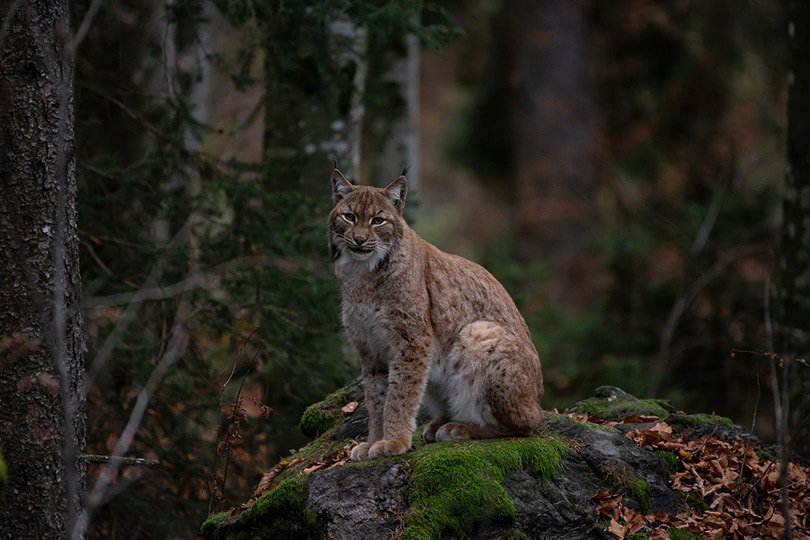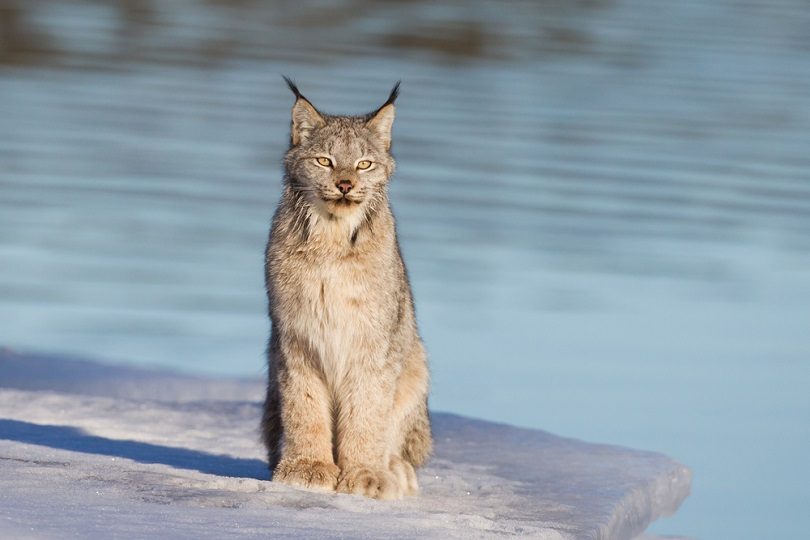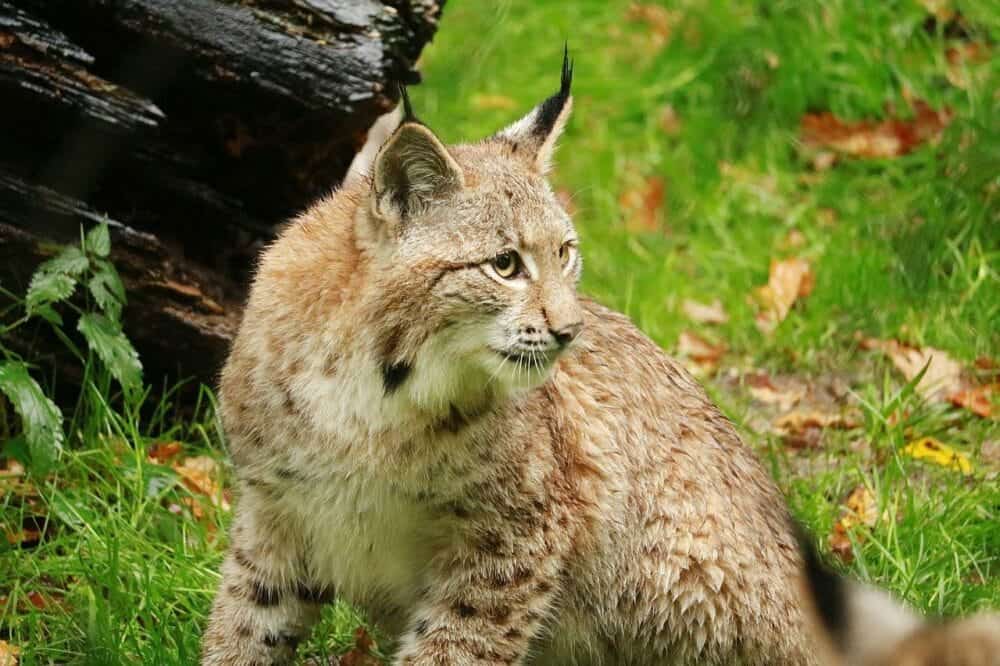Vermont is a wild, beautiful state full of incredible animals. Known for its gorgeous green mountains, this state attracts nature lovers from all over the world. Vermont residents can see deer, black bears, foxes, and native birds all over the state. But you have to be especially lucky to catch Vermont’s elusive wild cats. There are currently two wild cat species in Vermont—the bobcat and the Canadian lynx.

The 2 Types of Wild Cats in Vermont
1. Bobcat

Bobcats are Vermont’s most common wild cats, and they’re found all over the state. They live in all sorts of habitats, from marshy woodlands to rocky mountains, and they even occasionally venture into Vermont’s neighborhoods too. They’re highly adaptable, and if you have a bobcat that passes through your backyard, you might not even know it. That’s because they tend to avoid going out in broad daylight. Instead, you’ll usually see bobcats before sunrise or after the sun’s set.
Bobcats are about two to three times the size of a house cat, coming in at around 30 pounds. They have fur that ranges from silvery gray to reddish brown, with darker spots. They have short tufts on their ears and squarish, stubby tails. In the winter, they grow long, shaggy coats that help keep them warm.
2. Canadian Lynx

Vermont is also home to a small population of Canada lynxes. Lynxes have never been common in Vermont—even when the earliest settlers came, these cats were rare. Today, they’re found only in the Northeast Kingdom. They live in fewer habitats than their adaptable cousins, preferring to keep to isolated forested areas with a snowshoe hare population. It’s not known how many Canadian lynxes are in Vermont, but Maine’s lynx population has been booming over the past few decades, and it’s likely that more of these cats have entered into Vermont as a result.
At a glance, lynxes and bobcats are similar in appearance. These cats tend to be similar in weight, although they can look larger due to their longer legs and giant paws. In the winters, they grow long, silvery coats with a layer of fluffy fur on their paws that acts as snowshoes. If you are in an area with both species of cat, the best way to tell them apart is by their tails. Both have short tails, but Canadian lynxes have a solid black tip at the end of their tail.

Have Other Wild Cats Ever Lived in Vermont?
There are only two species of wild cats found in Vermont today, but historically cougars also lived in Vermont. These cats were hunted to extinction in the Eastern United States by early settlers. The last cougar known in Vermont was killed in 1881 and mounted—today it is found in the Vermont Historical Museum in Montpelier. Today, occasional sightings lead some to believe that a small population has held out, but evidence for that is scanty. Perhaps, one day, cougars will return to the state.

Conclusion
If you want to see wild cats in Vermont, you’ll have a difficult time, but it isn’t impossible. Both lynxes and bobcats are found in the state. Lynxes are found in the far north of Vermont, where there is a small breeding population. Bobcats are found all over the state, and if you’re lucky, you might catch a glimpse of one anywhere.
Featured Image Credit: tommileew, Pixabay
